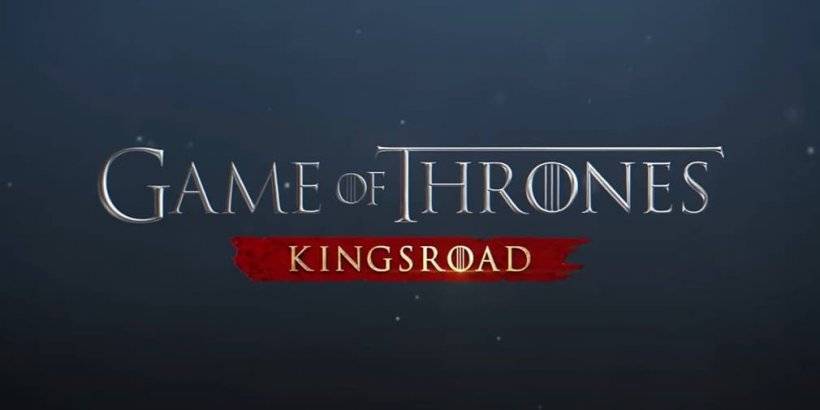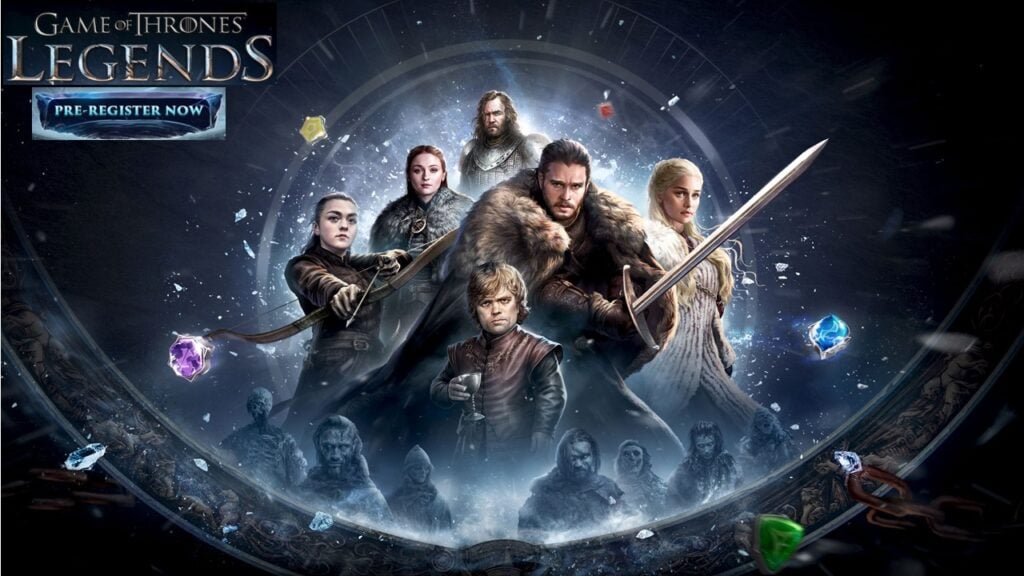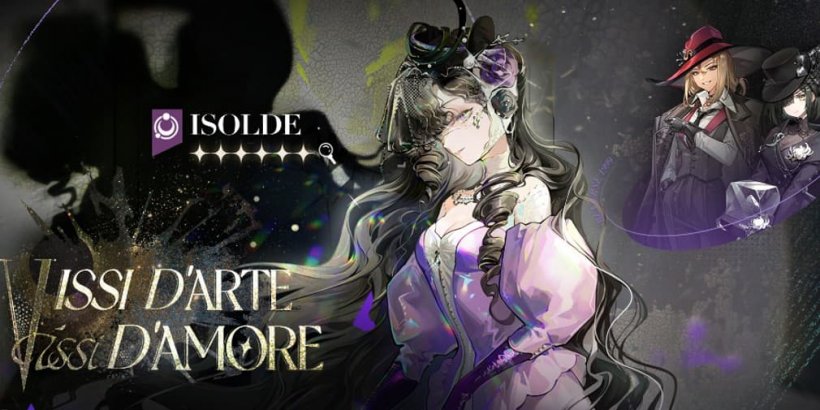Assassin's Creed: 10 Historical Changes
- By Sarah
- May 08,2025
Ubisoft has once again activated the Animus, this time transporting players to Japan's tumultuous Sengoku Period. Assassin’s Creed Shadows introduces historical figures from 1579, including Fujibayashi Nagato, Akechi Mitsuhide, and Yasuke – the African samurai who served under Oda Nobunaga. As with previous entries in the series, these characters are integrated into a narrative that blends historical events with fictional elements, crafting a tale filled with themes of revenge, betrayal, and murder. While the story might jest about Yasuke needing to gather XP for a gold-tier weapon, it underscores the game's unique blend of history and fantasy.
Assassin’s Creed is renowned for its historical fiction genre, masterfully weaving science fiction and conspiracy theories into historical settings. Ubisoft's dedication to creating immersive open-world environments is grounded in extensive historical research, yet it's crucial to recognize that these games are not meant to be history lessons. Instead, they creatively alter historical facts to enhance the storytelling, offering players a thrilling experience rather than a factual recount.
The series has taken numerous liberties with history, and here are ten standout moments where Assassin’s Creed has significantly rewritten the past:
The Assassins vs Templars War

The ongoing conflict between the Assassins and Templars is a cornerstone of the series, yet there is no historical evidence to support such a feud. The Assassins and Templars, both real historical groups, existed during different times and had no recorded ideological opposition. The game's portrayal of this conflict as a centuries-long battle is a purely fictional narrative, inspired by speculative conspiracy theories.
The Borgias and their Superpowered Pope

In Assassin’s Creed 2 and Brotherhood, the Borgia family, led by Rodrigo Borgia, who becomes Pope Alexander VI, is depicted as a Templar stronghold. Historically, the Templars did not exist during the late 15th century, making the Borgias' quest for the Apple of Eden and their control over humanity a fictional twist. Additionally, the game's portrayal of the Borgias as villains oversimplifies their complex historical legacy, with Cesare Borgia's character being exaggerated beyond the rumors of his time.
Machiavelli, Enemy of the Borgias

Assassin’s Creed 2 and Brotherhood cast Niccolò Machiavelli as an Assassin and a staunch opponent of the Borgias. In reality, Machiavelli's political philosophy and his documented interactions with the Borgias, particularly Cesare, suggest he would have been unlikely to join the Assassins. His respect for Cesare Borgia as a ruler and his diplomatic service under him directly contradicts the game's narrative.
The Incredible Leonardo da Vinci and his Flying Machine

Assassin’s Creed 2 portrays Leonardo da Vinci as a close ally to Ezio, accurately capturing his charismatic personality. However, the game takes creative liberties with his movements and inventions. While da Vinci did design many futuristic machines, there's no evidence they were ever constructed, especially the flying machine used by Ezio. The game aligns da Vinci's travels with Ezio's journey, diverging from historical records.
The Bloody Boston Tea Party

The Boston Tea Party, a pivotal event of the American Revolution, is dramatically altered in Assassin’s Creed 3. The game turns the non-violent protest into a violent confrontation, with protagonist Connor single-handedly turning it into a bloodbath. Additionally, the game suggests Samuel Adams orchestrated the event, a theory not conclusively supported by historical evidence.
The Lone Mohawk

Assassin’s Creed 3's protagonist, Connor, a Mohawk, aligns himself with the Patriots, contrary to the Mohawk's historical alliance with the British. This depiction raises questions about historical accuracy, although rare instances like Louis Cook, a Mohawk who fought for the Patriots, may have inspired Connor's character. The game explores a "what if" scenario that delves into conflict and personal struggle.
The Templar Revolution

Assassin’s Creed Unity's portrayal of the French Revolution as a Templar conspiracy oversimplifies the complex socio-economic factors that led to the uprising. The game attributes the food crisis and Reign of Terror to Templar machinations, ignoring the natural disasters and political unrest that historically fueled the revolution.
The Controversial Killing of King Louis 16

Assassin’s Creed Unity dramatizes the execution of King Louis 16, suggesting it was a close vote swayed by Templar influence. Historically, the vote was overwhelmingly in favor of execution. The game also glosses over the King's attempt to flee and the widespread discontent with the aristocracy, presenting a skewed view of the Revolution's causes.
Jack the Assassin

Assassin’s Creed Syndicate reimagines Jack the Ripper as a rogue Assassin fighting for control over the London Brotherhood. This narrative twist turns historical uncertainty into a fictional power struggle, far removed from the brutal reality of the serial killer's crimes.
The Assassination of the Tyrant Julius Caesar

Assassin’s Creed Origins rewrites the assassination of Julius Caesar, portraying him as a proto-Templar whose death prevents a tyrannical regime. Historically, Caesar was a popular leader who implemented reforms for the common people. The game's depiction of his assassination as a victory for the people ignores the subsequent civil war and the rise of the Roman Empire, which contradicted the conspirators' intentions.
The Assassin’s Creed series meticulously crafts its worlds with authentic historical elements, yet it often deviates from historical accuracy to serve its narrative. This is the nature of historical fiction, and it's what makes the series engaging and unique. What are your favorite instances of Assassin’s Creed bending historical truths? Share your thoughts in the comments below.








